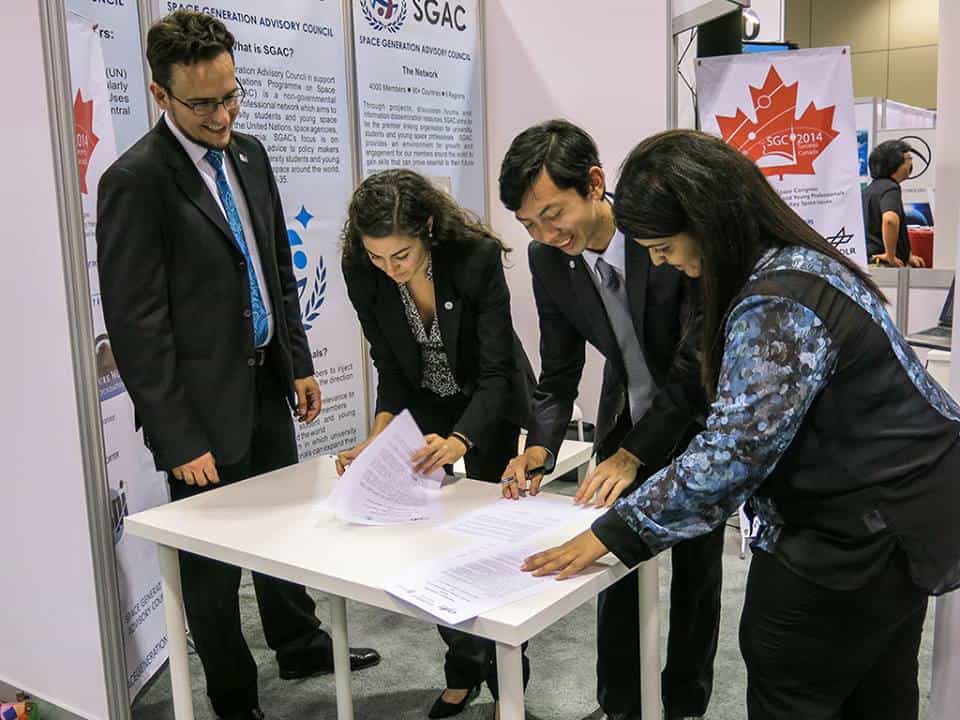The University of Toronto’s Aerospace Team (UTAT) is looking to take its funding to the next level. The group will be proposing a divisional referendum concurrent with the University of Toronto Students’ Union (UTSU) Spring Elections. The levy, if passed, will charge students in the Faculty of Arts & Science and Professional Faculties 85¢ per session. The levy would be collected through the UTSU, an avenue that UTAT has never used before.
One of the university’s largest student design teams, UTAT is composed of students from both the Arts & Science and Engineering faculties. Over the past five years, UTAT has been pursuing increasingly high-flying and complex projects in space and aviation, hoping to add a student-led satellite project to their repertoire. The team hopes to expand all five of its divisions (Aerial Robotics, Unmanned Aerial Vehicles, Rocketry, Space Systems, and Outreach) over the next two years.
In pursuing a levy, the team hopes to not only realize larger projects, but also to gain support for more student-powered research and development at U of T as a whole.
Jeremy Chan-Hao Wang, executive director & senior engineering designer of UTAT, explained the need for additional funding: “Our growth will soon outpace that of traditional funding avenues from the University — e.g. grants from offices/departments — and though we make a concerted effort to secure in-kind industry donations wherever possible, — more than 90 per cent of all software and hardware we receive is donated — no one is willing to donate a satellite launch!”
The majority of money from the levy would be put toward a project to launch a satellite into space sometime in late 2018 or early 2019. The UTAT aims for this satellite to be the first satellite in Canada, completely designed and built by students.
“As part of the Canadian Satellite Design Challenge, UTAT is bringing together students from engineering, physics, and life sciences to conduct microbiology experiments in support of astronaut health,” Wang said. “We aim to develop a low-cost, open platform for students around the world to carry out space medicine experiments, using standardized and miniaturized satellite design combined with our microbiology research setup.” Of course, launching a satellite into outer space is costly, and requires greater funding than the team is currently able to receive.
The rest of the money would go toward UTAT’s current projects and equipment, including “multi-purpose quadcopters, fixed-wing drones for environmental monitoring and emergency medical services, sounding rockets for atmospheric research, and the satellite development prior to launch.”
Highlighting the many awards UTAT has received from organizations such as NASA, the UN, U of T, Ryerson in addition to six annual competitions attended by the team, Wang describes the team as “one of many student groups at U of T creating a tangible impact in key technical areas and educational outreach, and redefining what it means to ‘just be a student’.”


